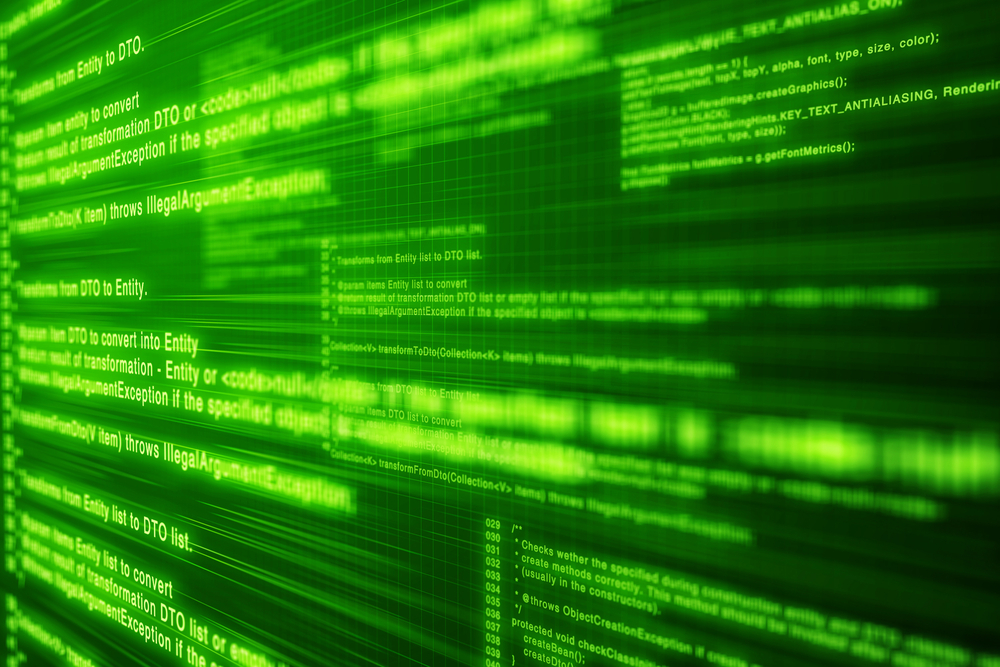Did the Delorean lift off today or 30 years ago? In case you missed the hashtag craze of #BacktotheFuture or the this commemorative Facebook event created years ago, the future is here, today, October 21, 2015. It has been 30 years since Marty McFly, Doc Brown and the usually unconscious, future Mrs. McFly were propelled and flown into 2015. Back to the Future II may not have been the most serious prediction of the future, but there is often truth in fiction.
Forget the rather grotesquely accurate chemical peel Doc Brown undergoes, we want to know if the Internet of Things was envisioned even before the Internet went mainstream. Today we look at how much of this blockbuster is Coming Soon to a Real Life Near You.
The Internet of Shoes
Marty McFly sported Nike Power Laces, but perhaps Nike improved upon this idea a few years ago with its Hyperdunk Plus, which you also don’t have to worry about tying, plus these Bluetooth basketball kicks with embedded sensors can measure your dribbling force and shooting angles.
The Internet of Our Bodies
In B2F2, the theme of “bionic implants” or what we now call “robotic arms” was seen as a possibility but a controversial one, up for public debate in the fictional 2015 about whether they even should be legalized. We have gone even further than anyone in the 80s could have imagined with prosthetics, including user-friendly bionic hands with individual finger motors to the prospect of artificial organs.
The Internet of Flying Skateboards
Second only to playing a real-life game of Quidditch, most of us share dreams of surfing or skating on air like Michael J. Fox did on his Hoverboard. Just this Summer, Lexus started promoting its Hoverboard that even allows seasoned skateboarders seemingly to glide across water using an electromagnet, superconductors and cooled liquid nitrogen. While the general public doesn’t have access to this tech yet, there are some good imitations. Hoverboard.com is crowdfunding (until the end of today) to make a one-wheeled skateboard. For the brave, over-water Jetpacks are perhaps the closest to a Hoverboard experience. And electric unicycles—strangely available in both one-wheeled or two wheeled models— are even trending for terrace waiters here in flat, beachy Barcelona.
The Internet of Vending Machines
When this product-placement picture has Marty asking for a Pepsi, which is seemingly delivered by the retro 80s diner’s countertop, it first makes you wonder again about machines taking our jobs. Then you start thinking about the possibility for automated, self-service vending machines. Interestingly enough, vending machines are one of the bigger IoT investments as many companies look to get a piece of our snacking future. So far they aren’t serving us based on voice-automated commands, but, with connected services like Cantaloupe Systems, the Internet of Vending Machines is enabling cashless payments, optimizing routes, and attempting to make sure your favorite candy bar doesn’t get stuck in the spiral again.
The Internet of Holograms
“Help me, Obi Wan Kenobi. You’re my only hope.” Holograms have long been a staple of Sci-Fi flicks, but are quickly becoming a part of our reality. Three years ago, a holographic projection of Jaws “swallowed” the crowd along the Manzanares River in Madrid, causing people to duck just as Marty does upon passing a futuristic movie theater. Some companies, like Microsoft, have actually moved away from the more trendy business of virtual reality, opting instead for hologram tech. Early next year, the godfather of the PC will release the developer version of its HaloLens, which is a fully untethered holographic computer that will allow holograms to become a part of your world.
And Doc’s rear-display driving glasses? Or the “eyePhones” Marty’s kids are communicating via at the dinner table? Well, we’ve already written about Google Glass…
Back to the Future II was not intended to be the future.
Note: While we’ve all spent today postulating if the movie makers had a crystal ball, perhaps it’s good to mention that director Robert Zemeckis says during a Blu-Ray extra footage interview that he in no way wanted to predict the future:
“For me, filming the future scenes of the movie were the least enjoyable of making the whole trilogy because I don’t really like films that try and predict the future. The only ones I’ve actually enjoyed were the ones done by Stanley Kubrick, and not even he predicted the PC when he made A Clockwork Orange. So, rather than trying to make a scientifically sound prediction that we were probably going to get wrong anyway, we figured, let’s just make it funny.”
But as we noticed, whether accidental or not, a lot of Back to the Future II came to fruition.
If you were to make a movie about visiting Year 2045, what would it have? Will we become the Internet of Ourselves? Will we gain super powers or just be super lazy? Tweet us your response to #BacktotheFuture and @tefdigital!









